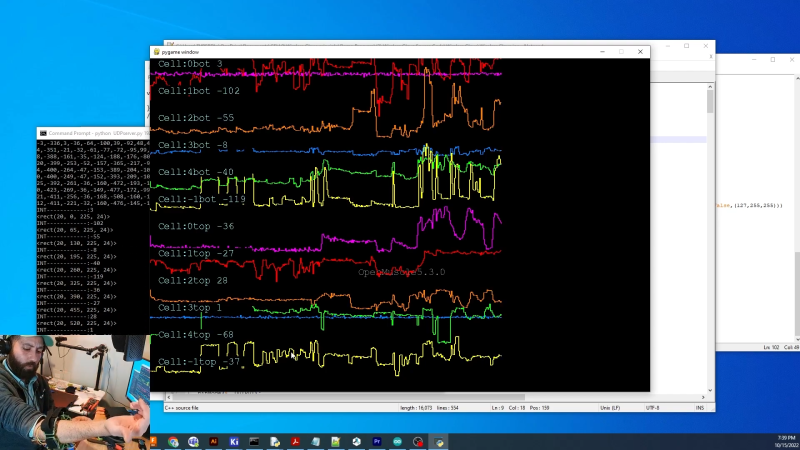Being able to actuate parts of a prosthetic limb can make it much more useful. To help in this goal for partial arm or hand amputees, [TURFPTAx] has developed a sensor for detecting forearm muscle contractions.

The build is part of the Open Prosthetics project, which aims to offer open designs for various types of prosthetic devices. It apes common commercial designs using a simple electromechanical system.
The build relies on magnets mounted on twelve pistons that move when the muscles contract under the skin. The pistons are sprung to allow them to follow the expansion and contractions of the muscles, and the motion of the magnets is detected by hall effect sensors. The system is bulkier than some other solutions, but has the benefit of clean output and the ability to detect the movement of several distinct muscle groups. The data is all collected by an ESP32 which is then sent wirelessly to a computer for measurement, with [TURFPTAx] using the PyGame library to plot the sensor data.
[TURFPTAx] notes that the output of the sensors would be perfect to input into a machine learning system. Video after the break.

















This seems like it would have all the same issues of sensor positioning (and subsequent displacement) of electromyographic muscle sensing, but exacerbated by the greater mass of the sensors.
It was my hope that making it inexpensive it could be used to gather biometric data to feed a neural net. So the intention was a low cost sensor system to create a big enough data set for others to use.